Scalable Annotation Service?—?Marken
The Netflix TechBlog
JANUARY 25, 2023
Scalable Annotation Service — Marken by Varun Sekhri , Meenakshi Jindal Introduction At Netflix, we have hundreds of micro services each with its own data models or entities. The service should be able to serve real-time, aka UI, applications so CRUD and search operations should be achieved with low latency.



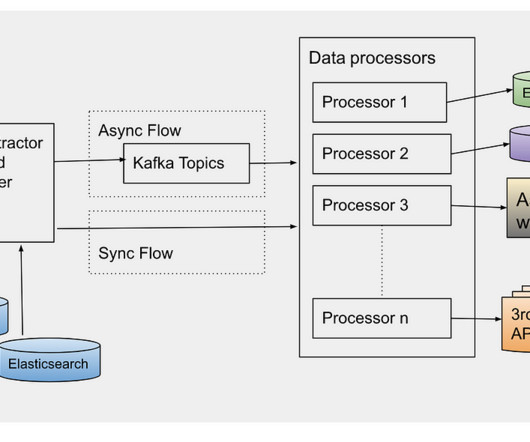







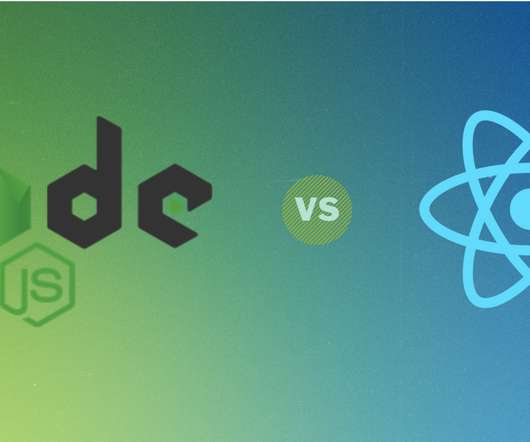


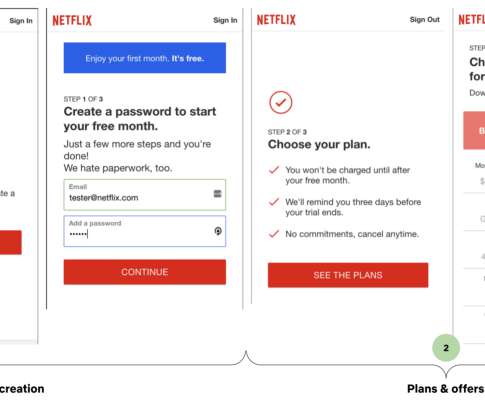


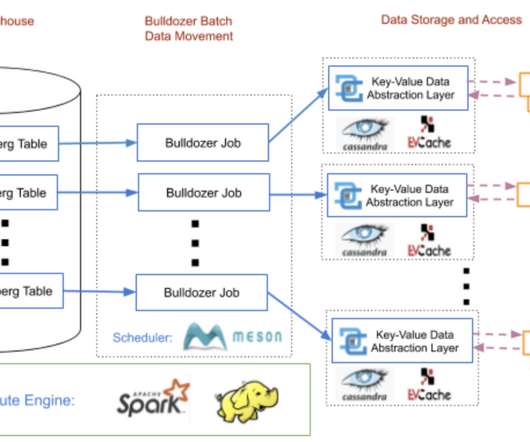
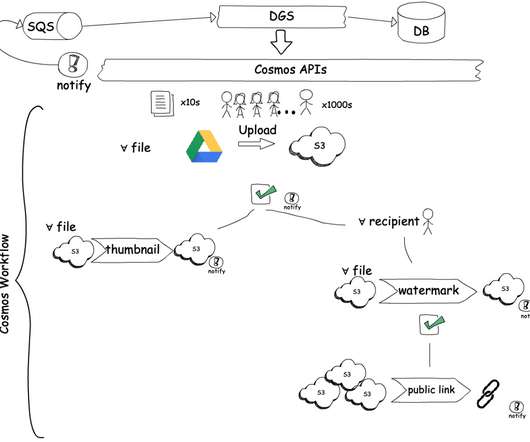










Let's personalize your content